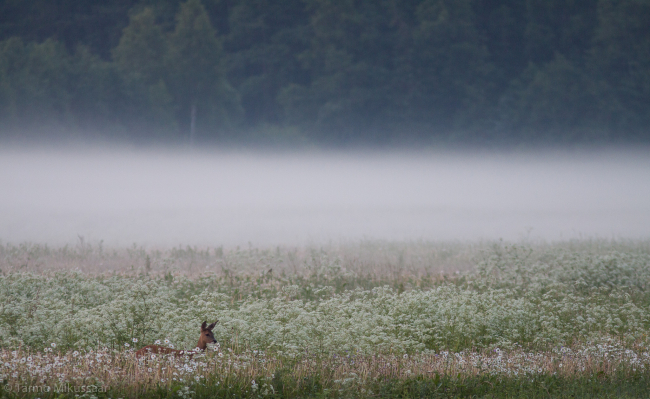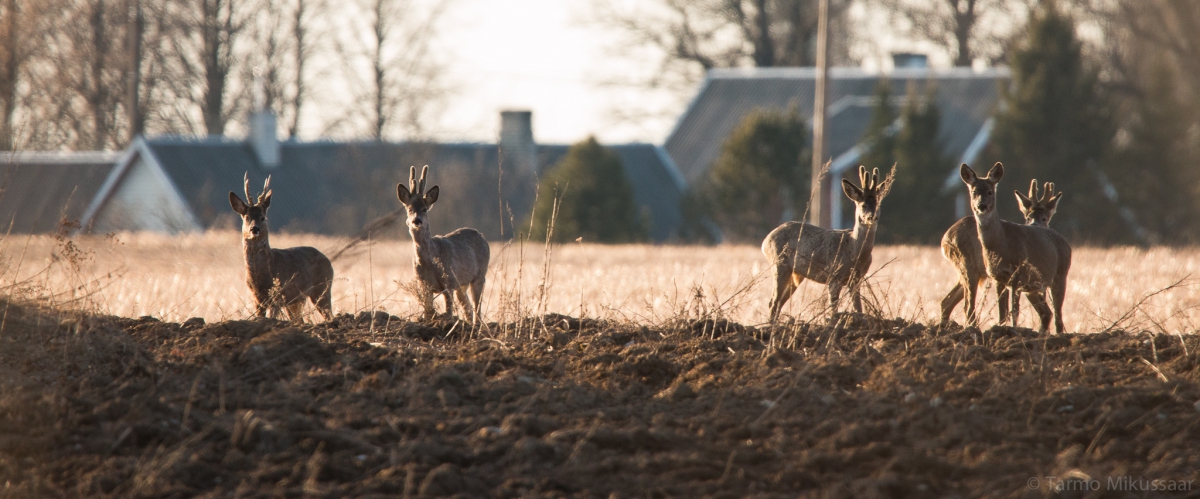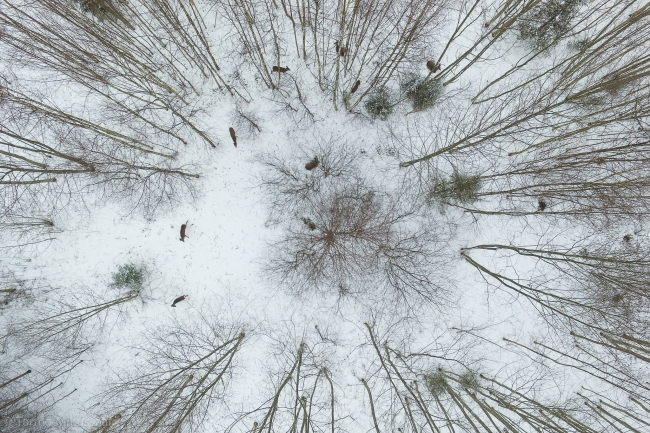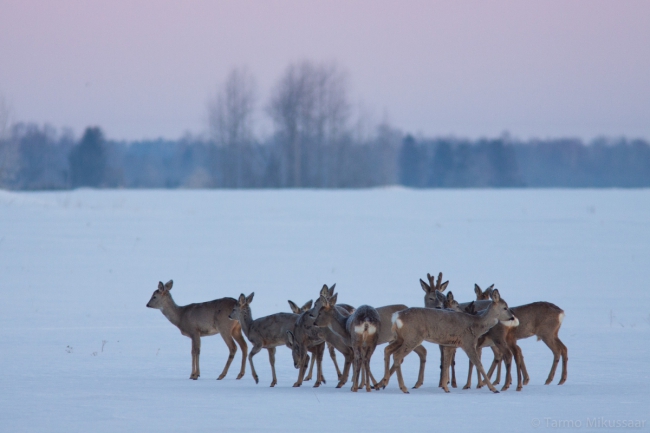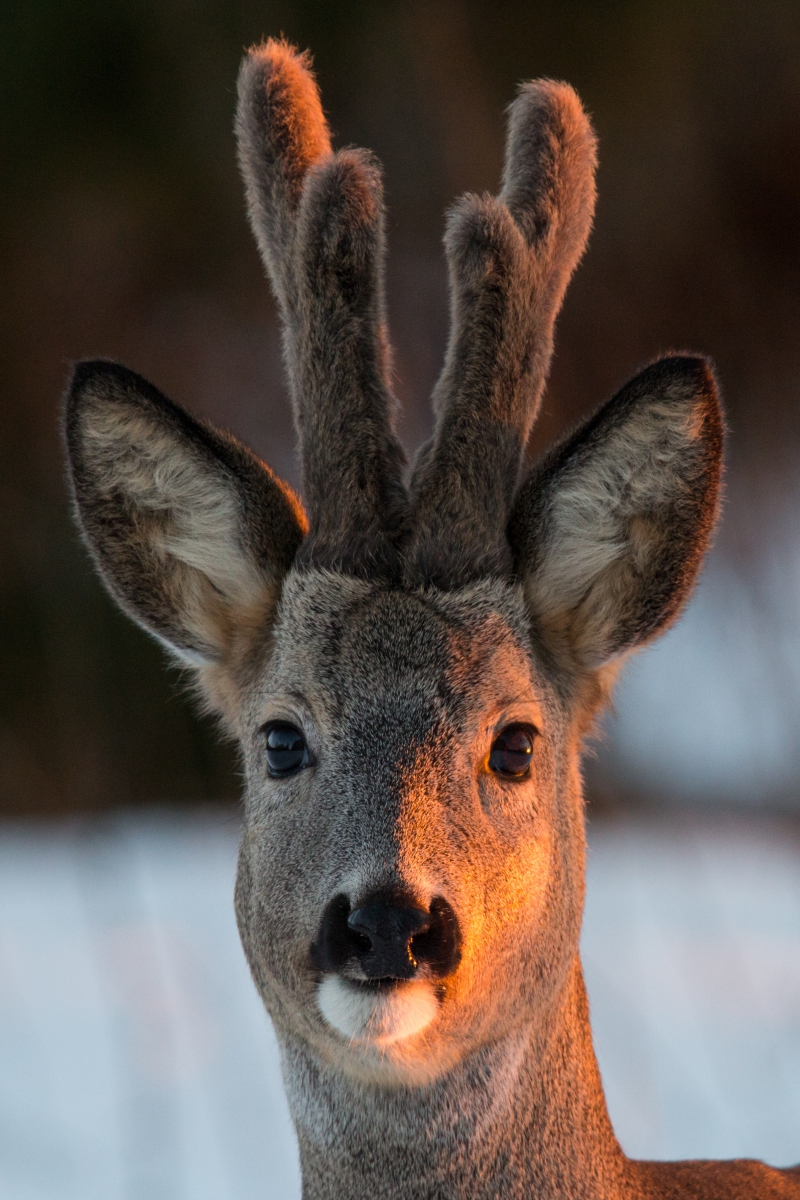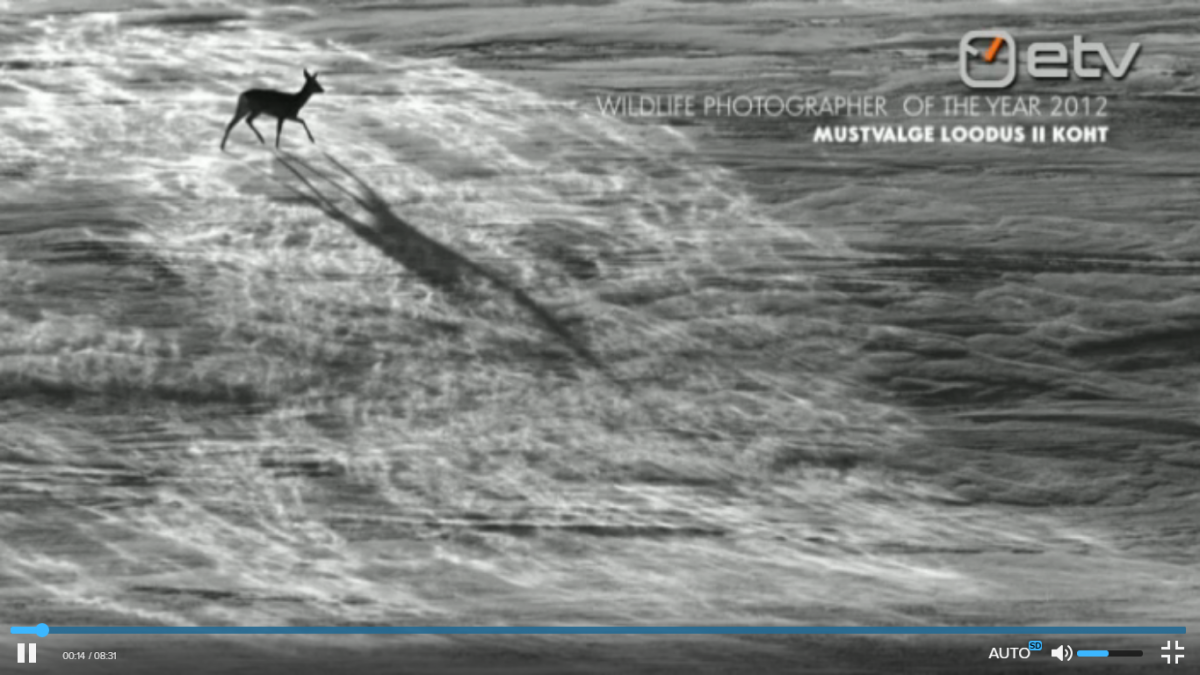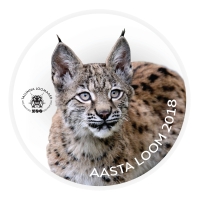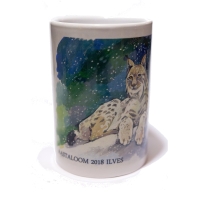Coming across a roe deer fawn
The roe deer doe may have a fawn hidden nearby.
Photo: Tarmo Mikussaar
Posted by the Animal of the Year Team 09.06.2017
It is the time when on moving around in nature you may come across a spotted roe deer fawn lying on the ground. It is the great secret of the roe deer doe, and it is visited and fed a couple of times a day. Since the fawn has no smell, foxes, dogs and other predators cannot find it. Such a creature must not be caressed, lifted up or taken along. A human-smelling fawn will probably be abandoned. It is sensible to leave quietly the same way as you came. Evidently the worried adult keeps an eye on us from a distance.
Vahur Sepp

